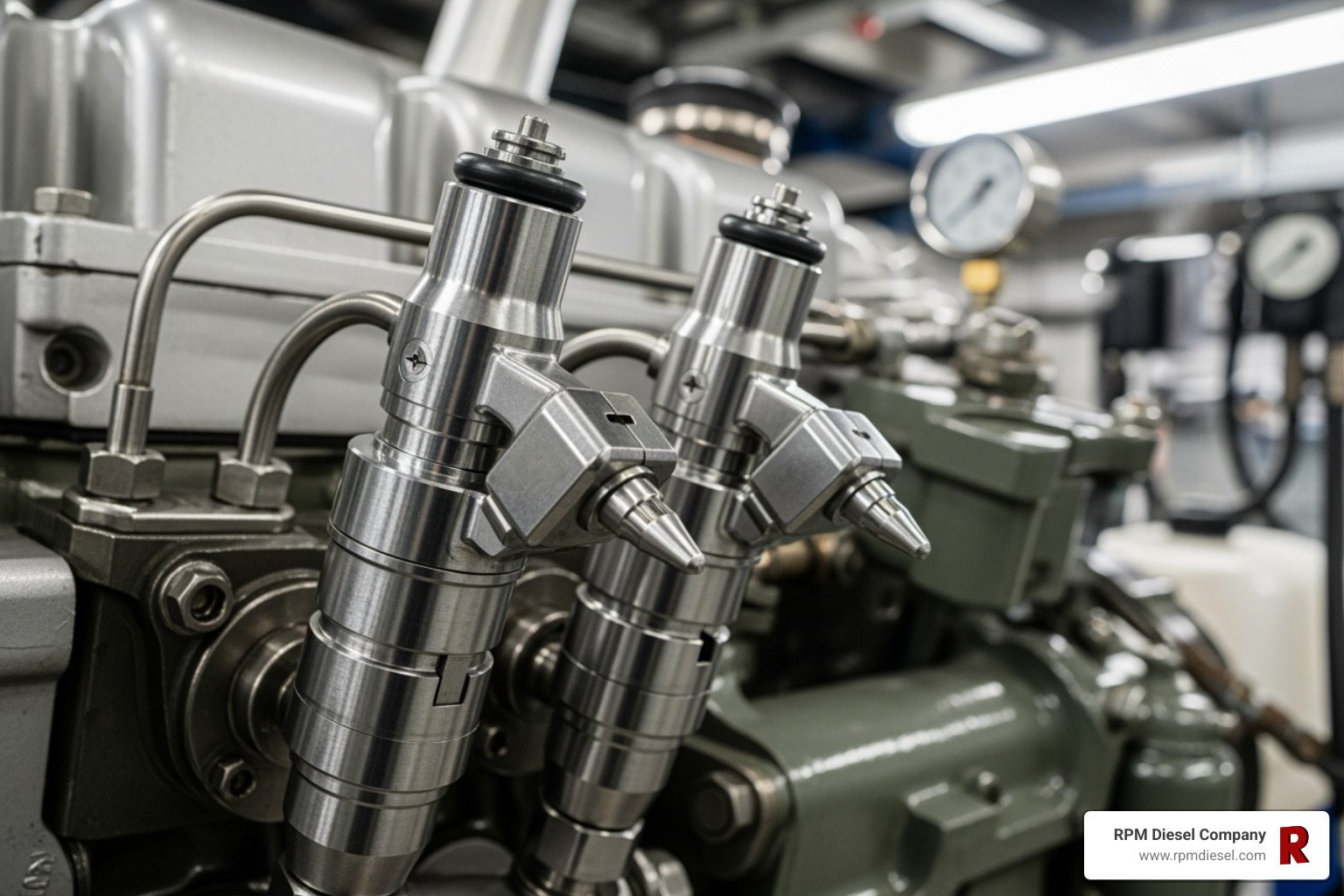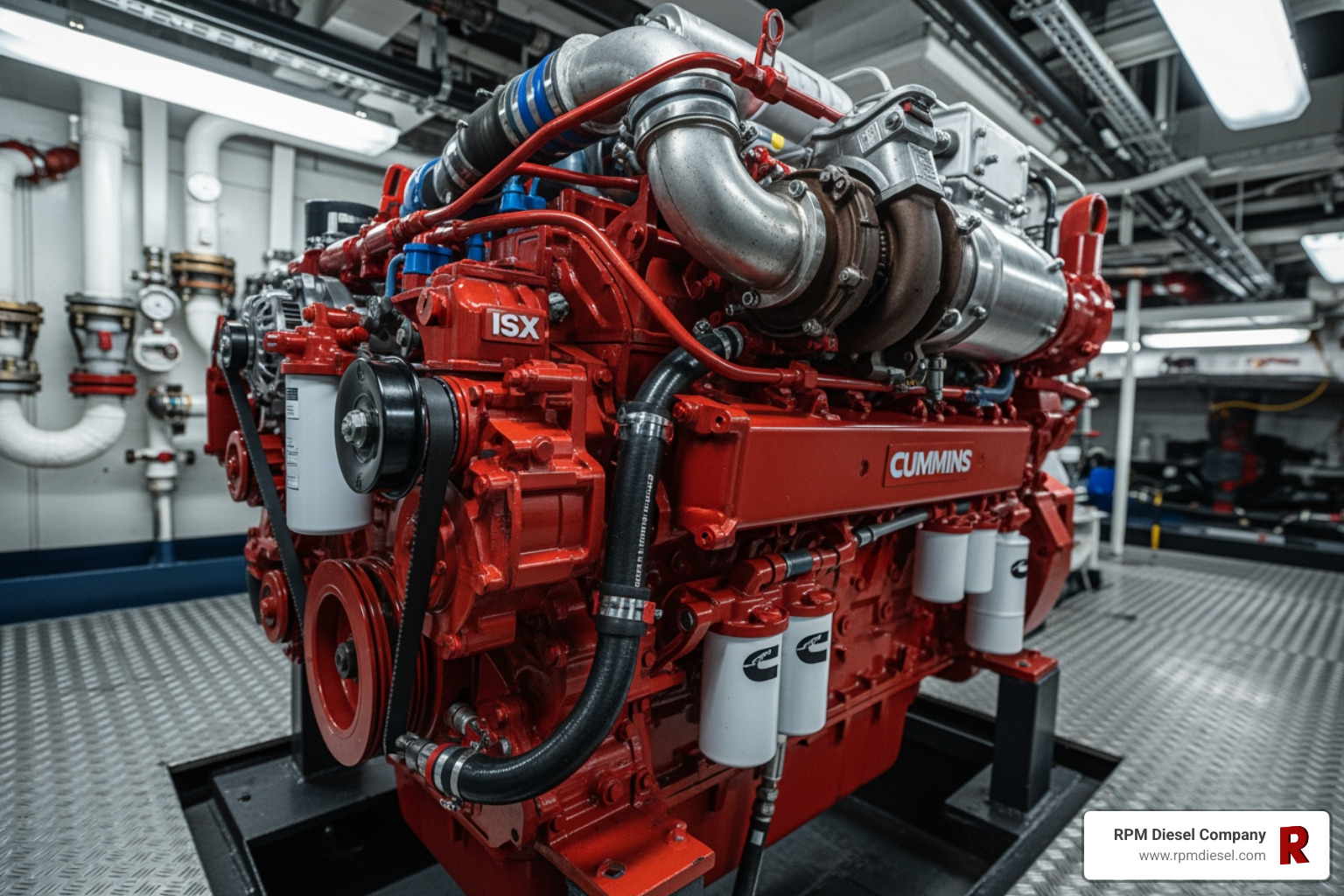The sea provides endless enjoyment for diesel powered vessel owners all over the world. But as beautiful as the open ocean is, it can be equally as dangerous and unpredictable for the initiated and uninitiated alike. Whether it is a novice or seasoned veteran behind the wheel, the ocean makes no discrimination with its violent power. Even the most experienced seafarers can find themselves caught off guard by inclement weather, navigational miscalculation, mechanical problems, or a nearly infinite number of other unexpected problem scenarios. No one is immune to the water’s mystery and power. That is why regardless of experience or skill level, there are certain safety procedures that must be followed at all times while operating your diesel vessel. And while unexpected things that we can never be truly prepared for some times occur, it doesn’t hurt to at least cover the very basics of safety that no boat should leave port without. The most obvious of these common safety contingencies is of course to wear a life jacket, but in some cases it is not enough to simply stay above water if you somehow go overboard. To make sure you’re as safe possible while operating your diesel powered vessel, it is important to remember small details and accouterments that could save your life.
Typically found in the form of a nylon-covered foam vest, the purpose of the life jacket is apparent even to those who have never stepped onto the deck of a vessel in their lives. However, what many son’t realize until it is too late is that even if you go into the water equipped with a life jacket, you’re still in the water. The true purpose of the life jacket is to stay above the water until one can be found and rescued. As unpredictable as the ocean can be, so is the time it can take to be rescued from a sticky situation at sea. While in a best case scenario this happens immediately, more dramatic and dangerous rescues can sometimes take hours or even days before the missing is found and brought aboard to safety.This is why it is not enough to merely have the life jacket handy, but it is also important to equip yourself with additional supplies that can expedite the rescue process and sustain you if rescue is not immediate.
While using your diesel craft, having a portable, water proof light source handy is paramount to keeping yourself and your company safe. Unfortunately, the even bright neon colors of most life jackets won’t be visible on their own at night, and sometimes a light may even be required to draw attention from a distance during the day as well. This is why many companies market waterproof flashlights and strobelights that can be attached to your life jacket and easily seen in the dark or at a distance, something no responsible seafarer should be without. Most modern search and rescue crews utilize sensitive night vision technology when searching for survivors in the dark, so having a flashlight will make your presence and intentions unmistakable regardless of how bright or dim your light may be. However, if you don’t have a flashlight and the situation permits, a small piece of glass or other reflective surface can also be used to flash reflective light and signal a passing vessel or someone ashore. Even the smallest glint on the distance may be visible for miles under the right conditions. Without a source of light, water rescues can be made unnecessarily difficult for both the rescue crew and those in need of help.However, perfect visibility on the open ocean is rarely a given. Even during the day, fog can obscure the horizon and leave a stranded person hopelessly lost in the haze. This is why it’s never a bad idea to have a whistle handy with your life vest in case you go overboard and your visibility is compromised. Just like a flashing light in the distance, the distant sound of solitary whistle will be unambiguous to a passing vessel or rescue team as a sign of life in distress.
If you do go overboard and find yourself unable to make it ashore, the quickest and most effective way to have yourself rescued from the open ocean is by adding a personal locator beacon to your life jacket. While not a standard inclusion for most life jackets, having a personal locator beacon attached to your own life jacket can greatly increase your chances of rescue, no matter how far out to sea you are. Typically priced between two and four hundred dollars, a personal locator beacon may seem like an excessive accessory meant for the most experienced sailors at first, but should you ever find yourself adrift and alone, you’ll be glad you have it. All it takes is going overboard once for your investment to pay off in spades.
If you are able to make it to shore before being found, you may still find yourself alone without civilization for miles. Being able to start a fire can not only help keep you warm, but like any light source, greatly increases your chances of being seen and rescued. This is why having supplies in your life jacket that can help you start a fire is a critical but often overlooked detail for many. In an emergency, it may be necesary to burn the life jacket itself as fuel. We can’t all be expert survivalists, but buiilding fire will also allow you to cook if rescue is not immediate. When stranded, sustaining your body until help arrives is crucial. That is why it is always a wise choice to have some kind of prepackaged food in the pocket of your life jacket. Whether lost at sea or marooned on a solitary shore, you will definitely regret not packing that protein bar.
Although you should never embark without a life jacket, keeping your diesel vessel’s engine maintenance up to date may prevent a situation in which the life jacket is absolutely necessary. If you don’t keep your diesel engine well-maintained, serious problems with your vessel may occur. In a worst case scenario such as a fire caused by faulty or damaged engine components, you may find yourself needing to abandon ship. It is all too easy to overlook minor details before enjoying your diesel craft, but just one of those minor details can make all the difference between a pleasureable day on the water and a complete nightmare. That’s why it is critically important to be prepared for anything, no matter how experienced you may be, and unfortunately, simply wearing a life jacket is not enough to make sure you remain safe in a dangerous situation, whether on or in the water. By being prepared, alert, and mindful of these safety tips, you greatly reduce your risk of danger on the water. And remember, what you choose to equip your life jacket with can make all the difference.






